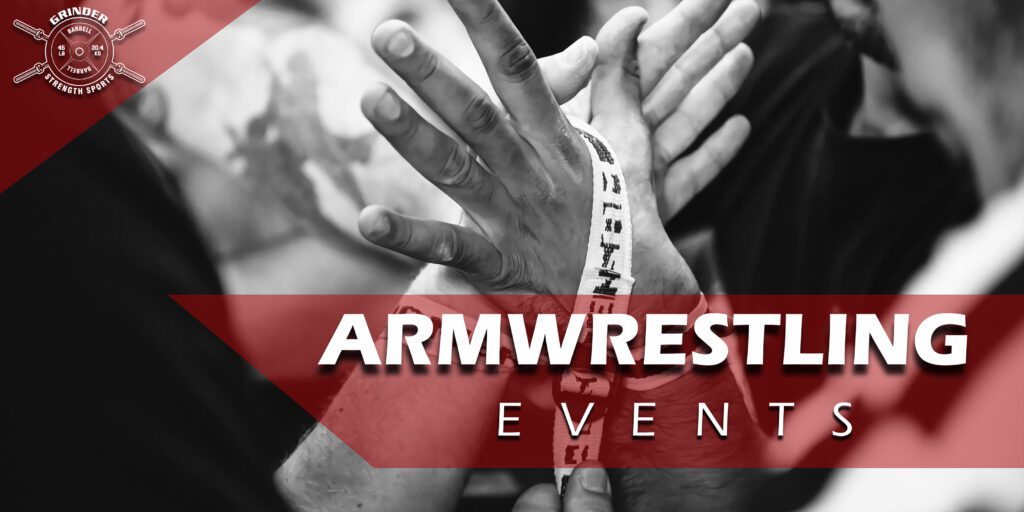Effective recovery is a crucial component of an armwrestling training regimen. Proper recovery techniques not only prevent injuries but also enhance performance, allowing athletes to train harder and compete at their best. This section explores various recovery techniques to ensure your body remains in peak condition, reducing the risk of injury and improving overall performance in armwrestling.
Importance of Recovery in Armwrestling
1. Injury Prevention:
- Regular recovery practices help prevent overuse injuries, which are common in high-intensity sports like armwrestling.
- Proper recovery allows muscles, tendons, and ligaments to repair and strengthen, reducing the risk of strains and tears.
2. Performance Enhancement:
- Adequate recovery ensures that muscles are fully repaired and ready for the next training session, leading to consistent performance improvements.
- Recovery techniques help in maintaining high levels of energy and focus during training and competitions.
3. Longevity in the Sport:
- Effective recovery practices contribute to a longer athletic career by maintaining overall health and preventing chronic injuries.
Key Recovery Techniques
1. Active Recovery
Definition: Active recovery involves low-intensity exercises that promote blood flow to muscles, aiding in the removal of metabolic waste and reducing muscle stiffness.
Benefits:
- Enhances circulation and promotes the delivery of oxygen and nutrients to muscles.
- Reduces muscle soreness and stiffness.
Methods:
- Light Walking or Jogging: Engage in 15-30 minutes of light walking or jogging to promote blood flow.
- Swimming: A low-impact activity that provides a full-body workout and enhances circulation.
- Yoga: Incorporates gentle movements and stretches to improve flexibility and reduce muscle tension.
2. Stretching and Mobility Work
Definition: Stretching and mobility exercises improve flexibility, enhance range of motion, and reduce muscle tension.
Benefits:
- Reduces muscle tightness and enhances flexibility.
- Prevents muscle imbalances and improves overall movement quality.
Methods:
- Dynamic Stretching: Perform dynamic stretches before workouts to prepare muscles and joints for activity.
- Static Stretching: Engage in static stretches after workouts to lengthen muscles and reduce tension.
- Foam Rolling: Use a foam roller to perform self-myofascial release, alleviating muscle tightness and improving mobility.
3. Massage and Soft Tissue Work
Definition: Massage and soft tissue techniques involve manipulating muscles and connective tissues to reduce tension and promote recovery.
Benefits:
- Alleviates muscle soreness and stiffness.
- Enhances circulation and promotes muscle relaxation.
Methods:
- Professional Massage: Schedule regular sessions with a massage therapist to target specific muscle groups used in armwrestling.
- Self-Massage: Use tools like massage balls and foam rollers to perform self-massage on sore or tight areas.
4. Hydration and Nutrition
Definition: Maintaining proper hydration and nutrition is essential for muscle recovery and overall performance.
Benefits:
- Supports muscle repair and growth.
- Enhances energy levels and overall health.
Methods:
- Hydration: Drink adequate water throughout the day to stay hydrated and support metabolic functions.
- Balanced Diet: Consume a diet rich in protein, carbohydrates, and healthy fats to provide the necessary nutrients for muscle repair and energy replenishment.
- Post-Workout Nutrition: Focus on post-workout meals that include protein and carbohydrates to aid in muscle recovery and replenish glycogen stores.
5. Sleep
Definition: Quality sleep is vital for muscle recovery, cognitive function, and overall health.
Benefits:
- Promotes muscle repair and growth.
- Enhances cognitive function and focus.
Methods:
- Sleep Duration: Aim for 7-9 hours of quality sleep per night.
- Sleep Environment: Create a conducive sleep environment by maintaining a cool, dark, and quiet room.
- Sleep Routine: Establish a regular sleep routine by going to bed and waking up at the same time each day.
Implementing Recovery Techniques in Your Routine
1. Schedule Recovery Days:
- Include 1-2 recovery days in your weekly training schedule to allow your body to rest and repair.
2. Monitor Your Body:
- Pay attention to signs of overtraining, such as persistent soreness, fatigue, and decreased performance. Adjust your training and recovery accordingly.
3. Stay Consistent:
- Make recovery practices a regular part of your routine, not just when you feel sore or fatigued. Consistency is key to effective recovery.
4. Personalize Your Recovery:
- Tailor your recovery techniques to your specific needs and preferences. What works for one athlete may not work for another.
Example Weekly Recovery Schedule
Monday:
- Light walking or jogging for 20 minutes.
- Static stretching and foam rolling for 15 minutes.
Wednesday:
- Yoga session focusing on flexibility and relaxation.
Friday:
- Professional massage or self-massage with a foam roller and massage ball.
- Hydration focus: Drink at least 8-10 glasses of water.
Sunday:
- Active recovery: Swimming or light cycling for 30 minutes.
- Post-workout nutrition: Balanced meal with protein and carbohydrates.
- Sleep: Ensure 8 hours of quality sleep.
Conclusion
Effective recovery techniques are essential for optimal performance in armwrestling. By incorporating active recovery, stretching and mobility work, massage, proper hydration and nutrition, and quality sleep into your routine, you can enhance muscle repair, prevent injuries, and maintain peak performance. Consistent recovery practices will help you stay at the top of your game and achieve your armwrestling goals.




Comments are closed